2025 Author: Leah Sherlock | [email protected]. Last modified: 2025-01-24 17:46:24
Uftyuzh painting is one of the original art crafts of the Russian North. From the 18th to the 20th centuries, the peasants who lived on the banks of the Northern Dvina produced wooden and birch-bark products, decorated with paintings and carvings.
History and geography
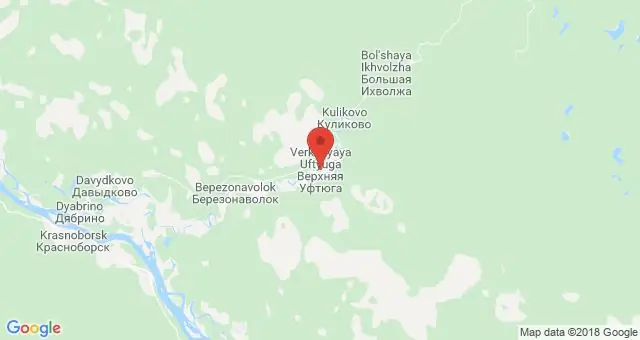
The history of Uftyuzh painting originates in the village of Verkhnyaya Uftyuga, located on the river of the same name in the Arkhangelsk region. This region has developed an original culture due to its great remoteness from other large settlements. Even today, the only way to get here is by boat.
Uftyuga was not only the center of trade, but also of religion. Here was the only Orthodox church for many kilometers - the church of Dmitry Thessalonica. Until now, it is considered one of the best monuments of wooden architecture.
In the 17th century, Russian Old Believers from other regions moved to the north en masse. They brought with them the carefully preserved way of life of pre-Petrine Russia. In local art crafts, the influence of ancient Russian art is very strong: icon painting and book miniatures.
Birch bark tuesas
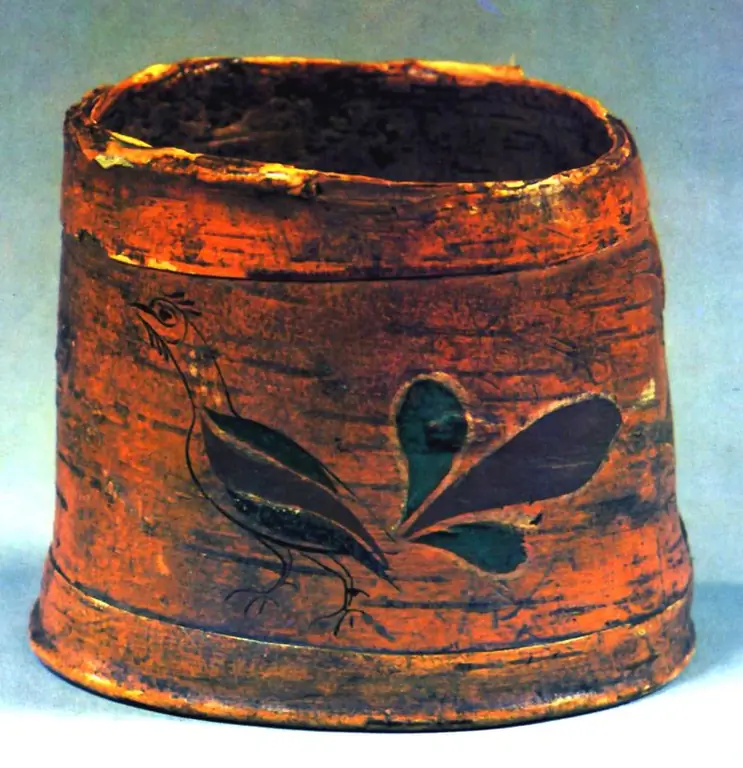
Northern peasants did not know serfdom. They paid taxes to the state, the funds for which were obtained by fishing, hunting, deforestation and crafts.
Every year there were large fairs where craftsmen presented their products: tuesas, dishes, spinning wheels, cradles and even children's toys. Uftyuzh painting owes its development precisely to these things necessary in everyday life.
Tuesa (birch-bark vessels with a lid) were widely used in the peasant economy. They stored cereals, s alt, milk and wool, even s alted mushrooms for the winter. Masters painted them not only for sale, but also for their relatives and friends.
Cheerful and bright manner of drawing turned simple things into real works of art.
Painted huts
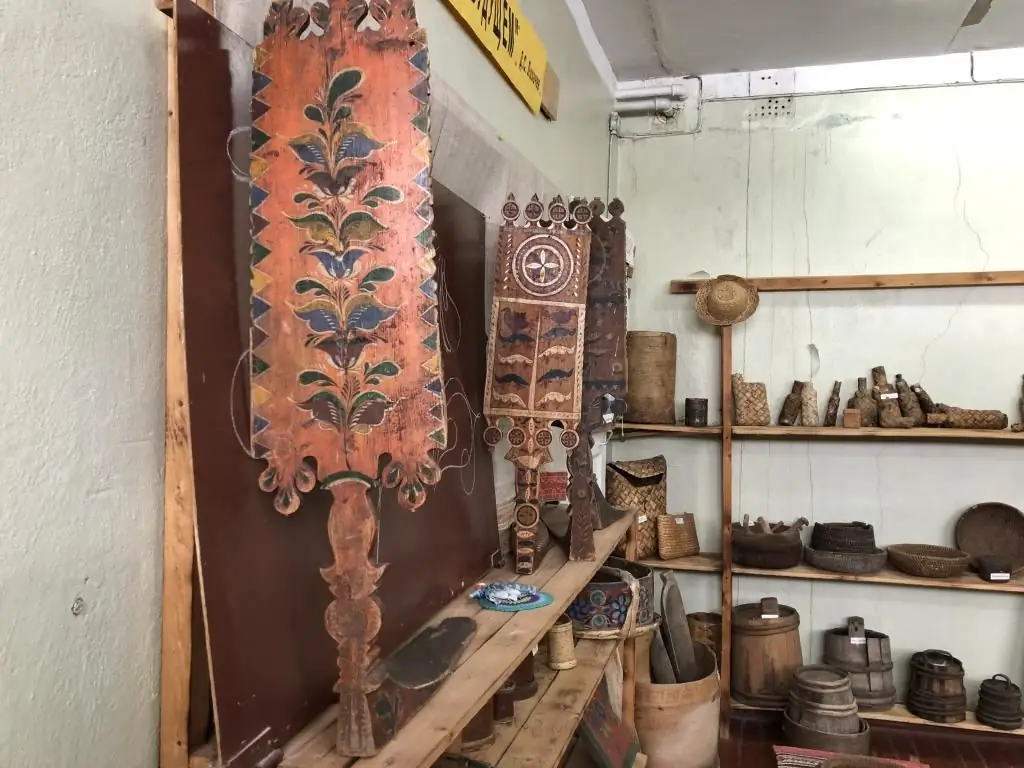
The interiors of houses in Russia were decorated with paintings and carvings in pre-Mongolian times. This was considered a sign of great we alth, because peasant huts were heated "on black", it was impossible to decorate them. But after the chimneys began to lead to the roof, the villagers began to paint the walls, ceilings and shutters.
In Verkhnyaya Uftyug, people liked to decorate interiors with floral motifs on an orange-red, blue or pale green background. Bright colors reminded of summer, so short in the Russian North.
Among plants and flowers there were outlandish birds and overseas animals. Even stoves depicting formidable lions have been preserved.
Most often, painted huts are found in the Old Believerssettlements. It was there that folk traditions were especially carefully preserved.
Main motives

Due to the fact that Uftyuzh painting on wood was a true folk art, its main theme is peasant life against the backdrop of nature. Stylized images of plants are found on tuesas, spinning wheels, and carved architraves.
Often artists depicted birds. Among them are swans, popular throughout the North, as well as chickens, pigeons and even peacocks. Sometimes it could be outlandish mythical birds walking under the trees and cleaning feathers. You can see Sirin and Alkonost familiar to everyone.
Geometric patterns are also common, especially the circle symbolizing the sun. Inside may be a flower with six petals. In the Uftyuzh painting, it symbolizes fertility.
Masters loved to depict flowers that they had never seen themselves. It could be a rose - the queen of all plants. Or a tulip - a symbol of youth. The idea of spring transformation and the revival of nature was expressed by a fantastic flower called krin. It is found in paintings throughout the North.
The color range is dominated by blue, pink, brown, blue, green and white. The background is kept light, emphasizing the natural beauty of the material.
Famous Masters
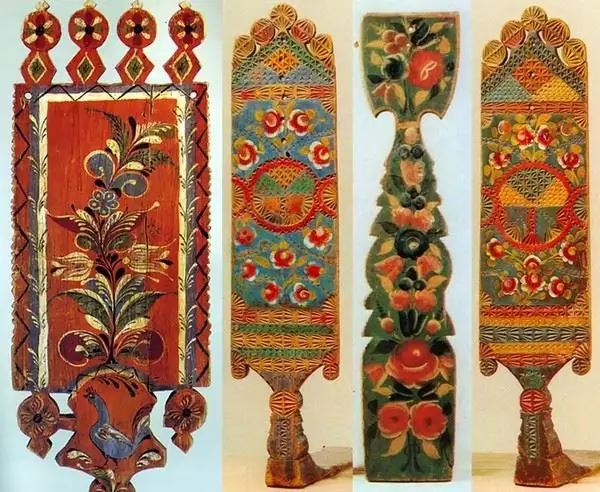
Not many birch bark and wooden painted objects have survived to our time. And even less - specific names from the history of Uftyuzh painting. But some artists are still famous. Most often, authorshipdetermined by the characteristic style of the image.
Often peasant masters painted with whole families, knowledge was passed from father to son. Later, they began to unite in artels, but by the 20th century only loners remained.
When making birch bark tuesques, the mark of the master who assembled it was always put. It was a vertical line, applied with a blunt awl. These marks were individual for each family.
Among famous authors, there are several bright names. A. D. Kuvakin preferred light strokes and light colors. In contrast to him, F. I. Bestuzhev strove for a clear outline and dynamic composition. Craft traditions were passed down in the Novinsky family until the 1960s.
Their works, which have survived to this day, can be seen in the collections of major museums in St. Petersburg, Vologda, Moscow, Arkhangelsk. Researchers and local historians are still collecting the history of northern crafts and taking photos of Uftyuzh painting for archives.
Features of work

Old masters used tempera and oil paints to create Uftyuzh painting. Now they are being replaced with gouache with a small amount of PVA glue. You can also use modern squirrel brushes with a sharp tip and short pile.
You can paint wood, birch bark and even plywood. To depict the background, the product must be covered with ink, gouache or watercolor using a foam swab.
The drawing is done in a certain sequence. The paint is applied in layers:first light, then darker, and only after that the outline, dots and other subtle details are drawn. At the end of the work, the gouache must be fixed with a colorless varnish in three layers.
Recommended:
Types of painting. Art painting. Art painting on wood

Russian art painting changes the color scheme, the rhythm of lines and proportionality. Industrial "soulless" goods become warm and alive through the efforts of artists. Various types of painting create a special positive emotional background, consonant with the area where the fishery exists
Zhostovo painting. Elements of Zhostovo painting. Zhostovo factory of decorative painting

Zhostovo painting on metal is a unique phenomenon not only in Russia, but all over the world. Volumetric, as if freshly plucked flowers, are filled with color and light. Smooth color transitions, the play of shadows and highlights create a bewitching depth and volume in each work of Zhostovo artists
Grisail technique is a type of painting. Grisaille in painting: description and features
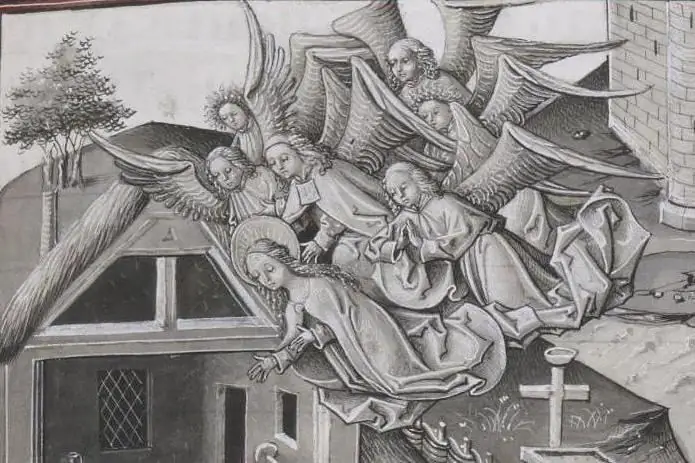
Fans of painting and drawing lessons are probably familiar with the concept of grisaille. This is one of the most famous techniques, allowing artists to capture sculptural and architectural elements in as much detail as possible. We will tell you more about this art form below
Etude in painting is The concept, definition, history of origin, famous paintings and techniques in painting

In contemporary fine arts, the role of the etude cannot be overestimated. It can be either a finished painting or a part of it. The article below provides answers to questions about what a sketch is, what they are and what they are for, how to draw it correctly, what famous artists painted sketches
The most famous abstract artists: definition, direction in art, features of the image and the most famous paintings

Abstract art, which has become a symbol of a new era, is a direction that has abandoned forms that are as close to reality as possible. Not everyone understands, it gave impetus to the development of cubism and expressionism. The main characteristic of abstractionism is non-objectivity, that is, there are no recognizable objects on the canvas, and the audience sees something incomprehensible and beyond the control of logic, which is beyond the usual perception

